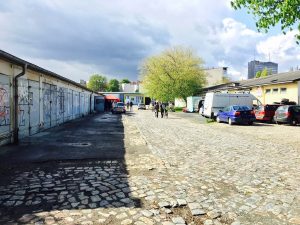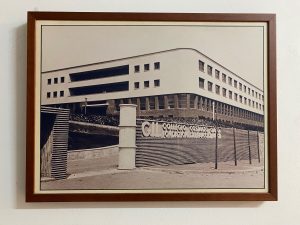Porta Capuana corresponds to the Aragonese expansion of the city started in the late 15th century, at the east side of the historical centre. It is delimited by via San Giovanni a Carbonara, via Foria, via Rosaroll, Piazza San Francesco, and, includes the remains of the Aragonese walls, which are still present, partly in ruins, partly converted in houses, partly turned into monuments. The area is scattered with large complexes of buildings. Among them there are two large ex-monasteries (San Giovanni a Carbonara and Santa Caterina in Formiello), the old Castel Capuano, which worked as the former Napoli Law court until 1995 and now is under renovation by a UNESCO funded plan. The area has even a small industrial past, which is witnessed by some ex-factories along its main roads, which have been partly transformed into multi-purpose spaces. Porta Capuana is nowadays a dense and highly populated neighbourhood, inhabited mostly by people belonging to disadvantaged sectors of the society – local poor people and immigrant groups. Nevertheless, the area is also characterised by the presence of a vibrant network of associations and private actors (especially merchants, creative people, professionals and cultural institutions) who are activating urban regeneration projects.
The area was included in the city’s action plan elaborated within the USEAct project (URBACT II), focusing on three deprived urban neighbourhoods of the historical centre, identified within three old gates: “Porta Medina”, “Porta del Mercato” and “Porta Capuana”, which is also the focus of the project developed by the City of Napoli for the UrbInclusion URBACT network, followed by Lorenzo Tripodi as URBACT Lead Expert (in team with Anamaria Vrabie).


